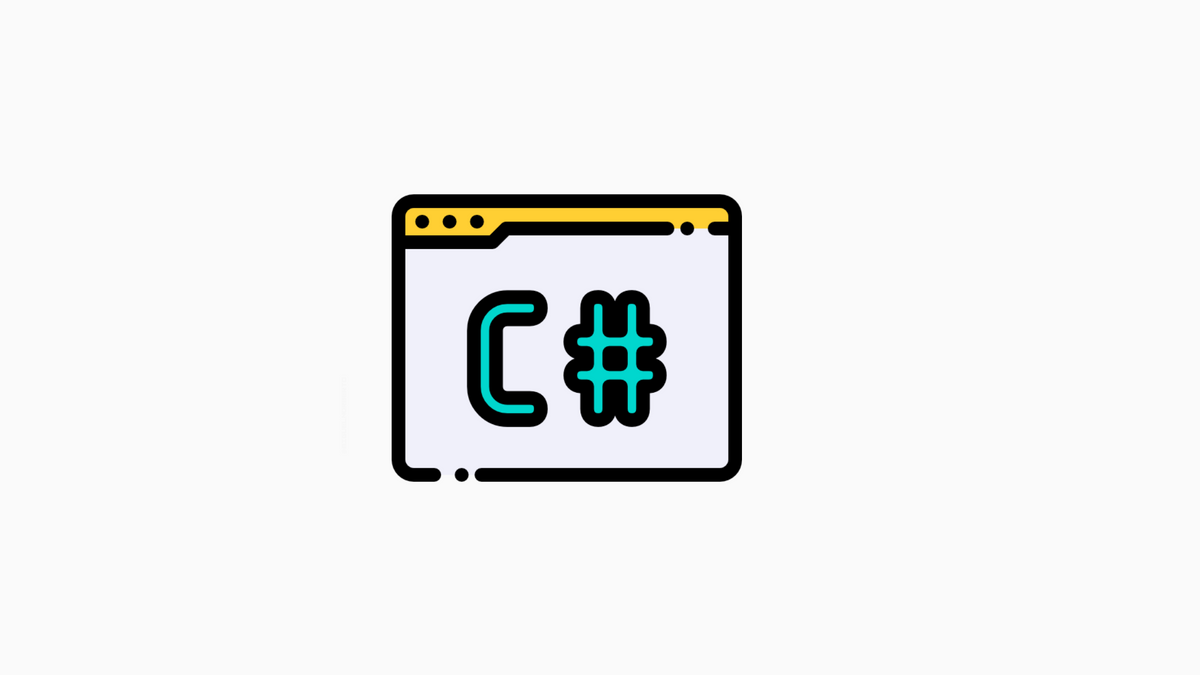C# Explained

C# is a Microsoft programming language developed in 2000 by Anders Hejlsberg.
It is pronounced “See Sharp” and is an acronym for C# Programming Language. It is a strict syntactical superset of ECMAScript (JavaScript), meaning that any valid JavaScript code is also a good C# program.
The C# Language: Syntax, features, and usage.
The C# language is a Microsoft language that was created in 2000. It is a statically typed, object-oriented language that uses the .NET run-time. The syntax of C# is very similar to Java, and it has many features in common with other languages in the C family, such as C++ and Objective-C.
One of the main advantages of C# is its type system. Types are a way of categorizing data, and they play an important role in the safety and performance of a program. In C#, every variable has a type, which helps to prevent errors from occurring when code is executed. Additionally, C# supports generics, which allow you to create classes or methods that can work with any data. This makes it possible to create reusable code that can be used with different types of data without modifying the code each time.
The .NET Framework: What it is and how C# works.
The .NET Framework is a Microsoft software development platform. It provides a comprehensive and consistent programming model for building applications on the Windows operating system. The .NET Framework consists of two main parts: the Common Language Runtime (CLR) and the .NET Framework class library.
The CLR is a run-time environment that manages programs written in C# or other controlled languages. In addition, the CLR provides memory management, thread management, and exception handling services. The CLR also includes a just-in-time (JIT) compiler that converts C# code into machine code executed on Windows computers.
The .NET Framework class library provides an extensive collection of classes that you can use to develop applications. The courses in the class library are organized into namespaces. A namespace is like a folder that contains a group of related classes.
Building Applications: From console to Windows Forms to web applications.
In the early days of computing, application development was limited to text-based console applications. These days, there are various types of applications that can be developed, including Windows Forms applications, web applications, and mobile apps. In this article, we’ll look at the different types of applications that can be developed and how C# programming can be used to create them.
Windows Forms applications are desktop applications written in Visual Studio using the C# programming language. These applications have a graphical user interface (GUI) and can perform various tasks such as editing documents, creating spreadsheets, or browsing the web.
Web applications are accessed using a web browser and run on a web server. They can perform tasks such as online banking, booking travel arrangements, or ordering goods and services.
Advanced Topics: LINQ, parallel programming, and more.
In this article, we’ll introduce some more advanced topics in C# programming. These include LINQ, parallel programming, and more.
LINQ (Language Integrated Query) is a powerful tool for query operations on data. It provides a concise and easy-to-use syntax for querying various data sources, including arrays, lists, and XML documents.
Parallel programming is a way of taking advantage of multiple processors or cores to perform computations faster. For example, in C#, you can use the Parallel LINQ Library (PLINQ) to write parallel code quickly.
Finally, we’ll take a look at some other advanced features of C# that you may find helpful in your projects. These include delegates, events, and anonymous methods.
What’s next for C#?
C# is a universal language widely used in both enterprise and open-source development. It has a strong community and a bright future. So what’s next for C#? According to Microsoft, “C# 8.0 is currently in development, and we expect it to be released in 2019.” So stay tuned for updates on the latest features of this powerful language.